Assuming you are using SQL Agent (or similar scheduler)
Reqs 1/4) I would have a precursor step handle the FTP and/or file copy steps. I don't like to clutter my packages with file manipulation if I can avoid it.
Reqs 2/3) At the control flow level, the package design is going to look like an Execute SQL task connected to a Data Flow connected to another Execute SQL task. As @AllenG indicated, you'd be best served by loading into a staging table via the Data flow task. The first Execute SQL Task will purge any rows from the staging table (TRUNCATE TABLE dbo.DAILY_STAGE)
Approximate table design looks like this. The MICHAEL_BORN table is your existing table and the DAILY_STAGE is where your data flow will land.
CREATE TABLE DBO.MICHAEL_BORN
(
ID int identity(1,1) NOT NULL PRIMARY KEY CLUSTERED
, ItemID int NOT NULL
, ItemName varchar(20) NOT NULL
, ItemType varchar(20) NOT NULL
)
CREATE TABLE dbo.DAILY_STAGE
(
ItemID int NOT NULL PRIMARY KEY CLUSTERED
, ItemName varchar(20) NOT NULL
, ItemType varchar(20) NOT NULL
)
For demonstration purposes, I will load the above tables with sample data via TSQL
-- Original data
INSERT INTO
dbo.MICHAEL_BORN
VALUES
(2345,'Apple','Fruit')
, (4578, 'Bannana','Fruit')
-- Daily load runs
-- Adds a new fruit (pear), corrects misspelling of banana, eliminates apple
INSERT INTO
dbo.DAILY_STAGE
VALUES
(7721,'Pear','Fruit')
, (4578, 'Banana','Fruit')
The Execute SQL task will take advantage of the MERGE statement available in 2008+ editions of SQL Server. Please note the trailing semi-colon is part of the MERGE statement. Failure to include it will result in an error of "A MERGE statement must be terminated by a semi-colon (;)."
-- MERGE statement
-- http://technet.microsoft.com/en-us/library/bb510625.aspx
-- Given the above scenario, this script will
-- 1) Update the matched (4578 bannana/banana) row
-- 2) Add the new (pear) row
-- 3) Remove the unmatched (apple) row
MERGE
dbo.[MICHAEL_BORN] AS T
USING
(
SELECT
ItemID
, ItemName
, ItemType
FROM
dbo.DAILY_STAGE
) AS S
ON T.ItemID = S.ItemID
WHEN
MATCHED THEN
UPDATE
SET
T.ItemName = S.ItemName
, T.ItemType = S.ItemType
WHEN
NOT MATCHED THEN
INSERT
(
ItemID
, ItemName
, ItemType
)
VALUES
(
ItemID
, ItemName
, ItemType
)
WHEN
NOT MATCHED BY SOURCE THEN
DELETE
;
Req 5) Efficiency is totally based on your data and how wide your rows are but it shouldn't be terrible.
-- Performance testing
-- Assumes you have a similar fast row number generator function
-- http://billfellows.blogspot.com/2009/11/fast-number-generator.html
TRUNCATE TABLE dbo.MICHAEL_BORN
TRUNCATE TABLE dbo.DAILY_STAGE
-- load initial rows
-- 20ish seconds
INSERT INTO
dbo.MICHAEL_BORN
SELECT
N.number AS ItemID
, 'Spam & eggs ' + CAST(N.number AS varchar(10)) AS ItemName
, 'SPAM' AS ItemType
--, CASE N.number % 2 WHEN 0 THEN N.number + 1000000 ELSE N.number END AS UpTheEvens
FROM
dbo.GenerateNumbers(1000000) N
-- Load staging table
-- Odds get item type switched out
-- Evens get delete and new ones created
-- 20ish seconds
INSERT INTO
dbo.DAILY_STAGE
SELECT
CASE N.number % 2 WHEN 0 THEN N.number + 1000000 ELSE N.number END AS ItemID
, 'Spam & eggs ' + CAST(N.number AS varchar(10)) AS ItemName
, CASE N.number % 2 WHEN 0 THEN 'SPAM' ELSE 'Not much spam' END AS ItemType
FROM
dbo.GenerateNumbers(1000000) N
-- Run MERGE statement, 32 seconds 1.5M rows upserted
-- Probably fast enough for you
